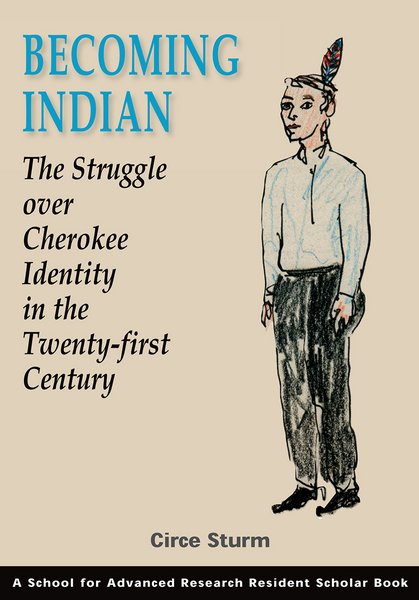The Anglo-Indians: A Disorganized Marginal GroupPosted in Articles, Asian Diaspora, Media Archive, Social Science on 2011-09-22 02:09Z by Steven |
The Anglo-Indians: A Disorganized Marginal Group
Social Forces
Volume 14, Number 2 (December 1935)
pages 263-268
Paul Frederick Cressey, Professor of Sociology and Anthropology
Wheaton College, Newton, Massachusetts
FOUR centuries of European contact with India have left a biological residue of many thousand people of mixed European and Indian stock. Since 1911 this group has been officially designated by the government of India as the Anglo-Indian Community. Elsewhere in Asia racial hybrids of European and Oriental stock are commonly known as Eurasians. The Anglo-Indians are by far the largest group of such hybrids in Asia.
The distribution of the Anglo-Indians accurately reflects their history. They are concentrated in those areas where the maximum European contact has occurred. In the four largest port cities, Calcutta, Bombay, Madras, and Rangoon, live one-third of all the Anglo-Indians, while an additional one-third live in other parts of the provinces in which these cities are located. Anglo-Indians are predominantly city dwellers, and their life and problems have an urban setting. In 1931 the Anglo-Indian population of India and Burma was returned by the official census as 138,395. This represents an increase of 11.4 per cent during the preceding decade, and 12.1.9 per cent for the last fifty years. The increase in the total population of India in these same periods has been 10.1 per cent and 31.3 per cent respectively. There is a tendency for many persons of light complexion to return themselves as British, and some Indian Christians are enumerated as Anglo-Indians. The Census of India recognizes these errors and estimates the corrected total for Anglo-Indians to be approximately 165,000. In 1931 the sex ratio was 1,061 Anglo-Indian males for every 1,000 females.
Many European stocks are represented among these hybrids, including British, French, Dutch, and Portuguese. The term Anglo-Indian is thus something of a misnomer, but the largest single stock is British, and the group is predominantly British in its cultural affiliations. On the Indian side the stock is almost entirely of Hindu origin, only a very few persons being of Moslem descent. There is no…
Read or purchase the article here.

